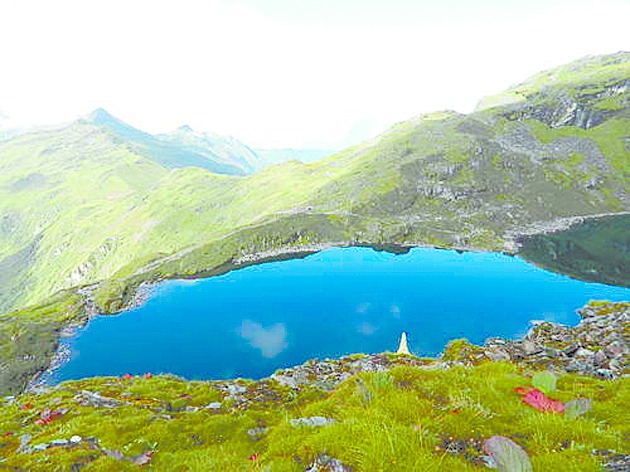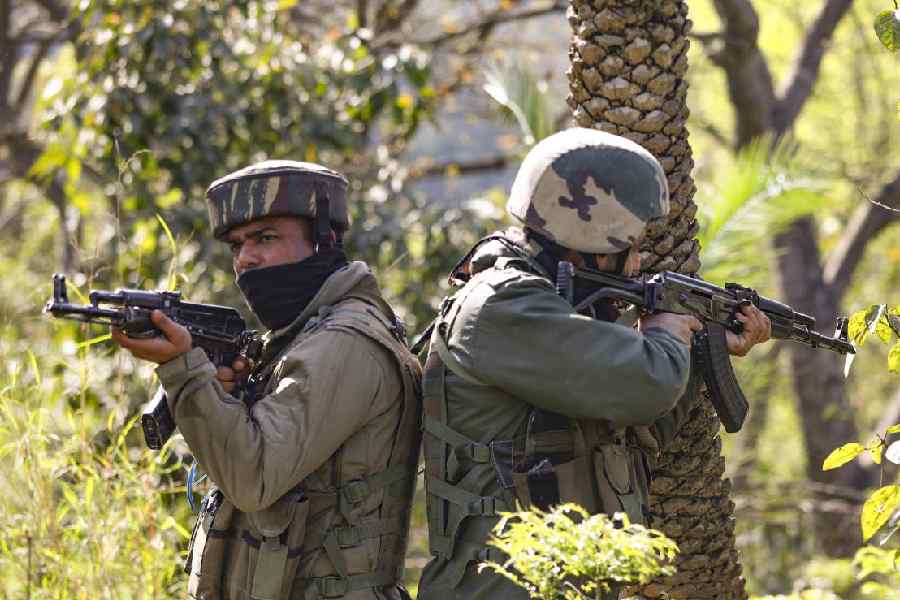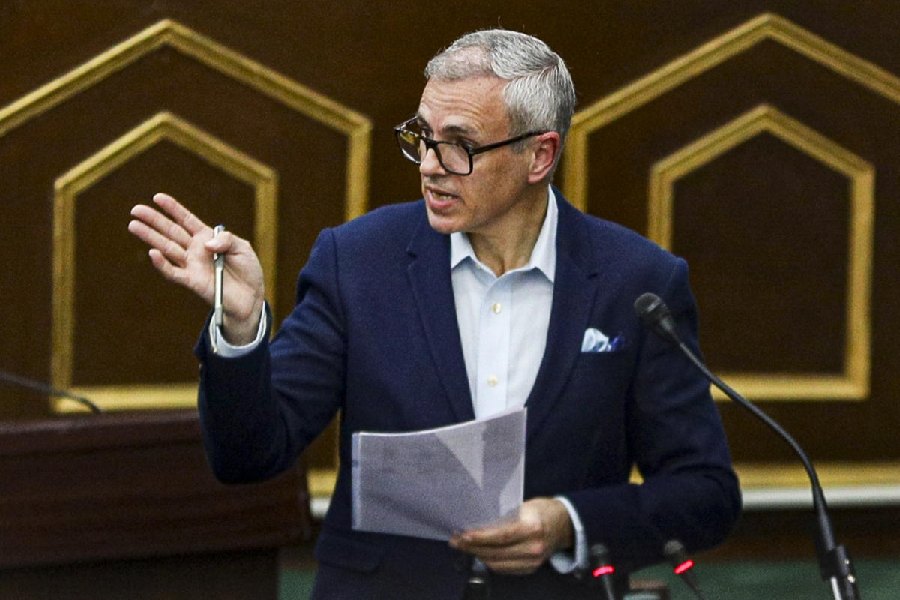
Guwahati, July 17: India today got its first mixed site - Khangchendzonga National Park, Sikkim - on the coveted Unesco World Heritage List.
The decision to inscribe the national park was taken at the 40th session of the Unesco World Heritage Committee in Istanbul today and it was supported by a 21-member Unesco World Heritage Committee.
"This is also the first nomination dossier in which the newly-established Unesco Category 2 Centre on World Natural Heritage Management and Training for Asia-Pacific Region at the Wildlife Institute of India had provided professional inputs. For the first time both the International Union for Conservation of Nature and the International Council on Monuments and Sites (Icomos) had given clear and positive recommendations for inscription of a natural/mixed site from India," the director of Wildlife Institute of India, V.B. Mathur, told The Telegraph through an email.
A "mixed site" contains elements of both natural and cultural significance. This is the 24th mixed site under Unesco in the World HeritageList. Mathur said the national park has the unique distinction of becoming India's first "mixed" World Heritage Site by fulfilling the nomination criteria under natural and cultural heritage.
With this inscription, the number of Indian sites on the World Heritage List has become 35 (seven natural, 27 cultural and one mixed).
The national park exhibits one of the widest altitudinal ranges of any protected area worldwide. It has an extraordinary vertical sweep of over 7km (1,220m to 8,586m) within an area of 1,78,400 hectares and comprises a unique diversity of lowlands, steep-sided valleys and spectacular snow-clad mountains, including the world's third highest peak, Mt Khangchendzonga.
"Majestic and awesome", tweeted ambassador of India to Unesco, Ruchira Kamboj.
The national park lies within the Himalaya global biodiversity hotspot and displays an unsurpassed range of sub-tropical to alpine ecosystems.
It is located within a mountain range of global biodiversity conservation significance and covers 25 per cent of Sikkim, acknowledged to be one of India's most significant biodiversity concentrations.
The national park is home to a significant number of endemic, rare and threatened plant and animal species and it has the highest number of plant and mammal species recorded in the Central/High Asian Mountains, except compared to the three parallel rivers of Yunnan Protected Areas in China and also has a high number of bird species.
The cultural significance of the national park is portrayed by three main different facets.
First, the notion of beyul or hidden sacred land which extends to all of Sikkim but has its heart in the territory of national park, is important in Tibetan Buddhism as not only intrinsic to Sikkim, but in the neighbouring countries and beyond.
The national park is home to a sacred site of one of the world's leading religious traditions.
Secondly, the multi-layered sacred landscape of Khangchendzonga and the cultural and religious relevance of the hidden land ( beyul in Tibetan Buddhism and mayel lyang, in Lepcha tradition) is specific to Sikkim and is a unique example of co-existence of different religious traditions and people.
Thirdly, the indigenous religious and cultural practices of the Lepchas with regard to the ecology and the specific properties of local plants, is an outstanding example of traditional knowledge and environmental preservation.











